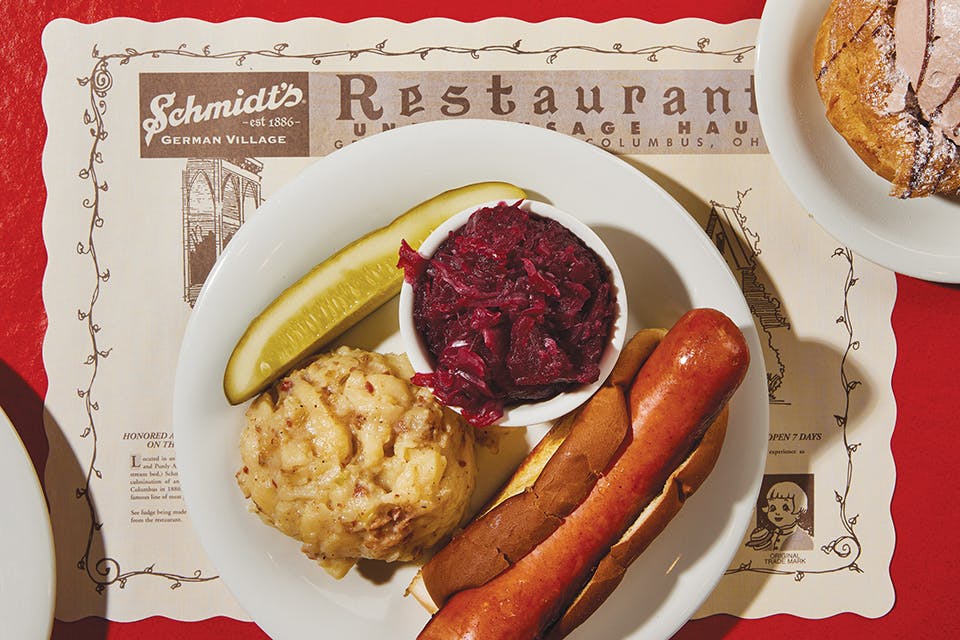Food + Drink
We Say Tomato
It’s our official state fruit for good reason: Tomatoes are fun to grow, contribute to our economy and foster community camaraderie.
Related Articles
.jpg?sfvrsn=f1dab738_3&w=960&auto=compress%2cformat)
McDonald’s Filet-O-Fish Was Created in Ohio
Cincinnati franchise owner Lou Groen came up with the idea for the Lenten-season menu item and began selling it in 1962. The sandwich remains relatively true to his original vision to this day. READ MORE >>

10 Ohio Fall Foods and Brews
Take a flavorful trip through the season with Resch’s Bakery’s pumpkin doughnuts, Maggie’s Doughnuts’ apple fritters, great seasonal brews and food-filled Oktoberfest celebrations. READ MORE >>

30 Famous Ohio Food Spots
From downtown landmarks and small-town finds to old-school favorites and local legends, these restaurants deserve to be on your Buckeye State bucket list. READ MORE >>


